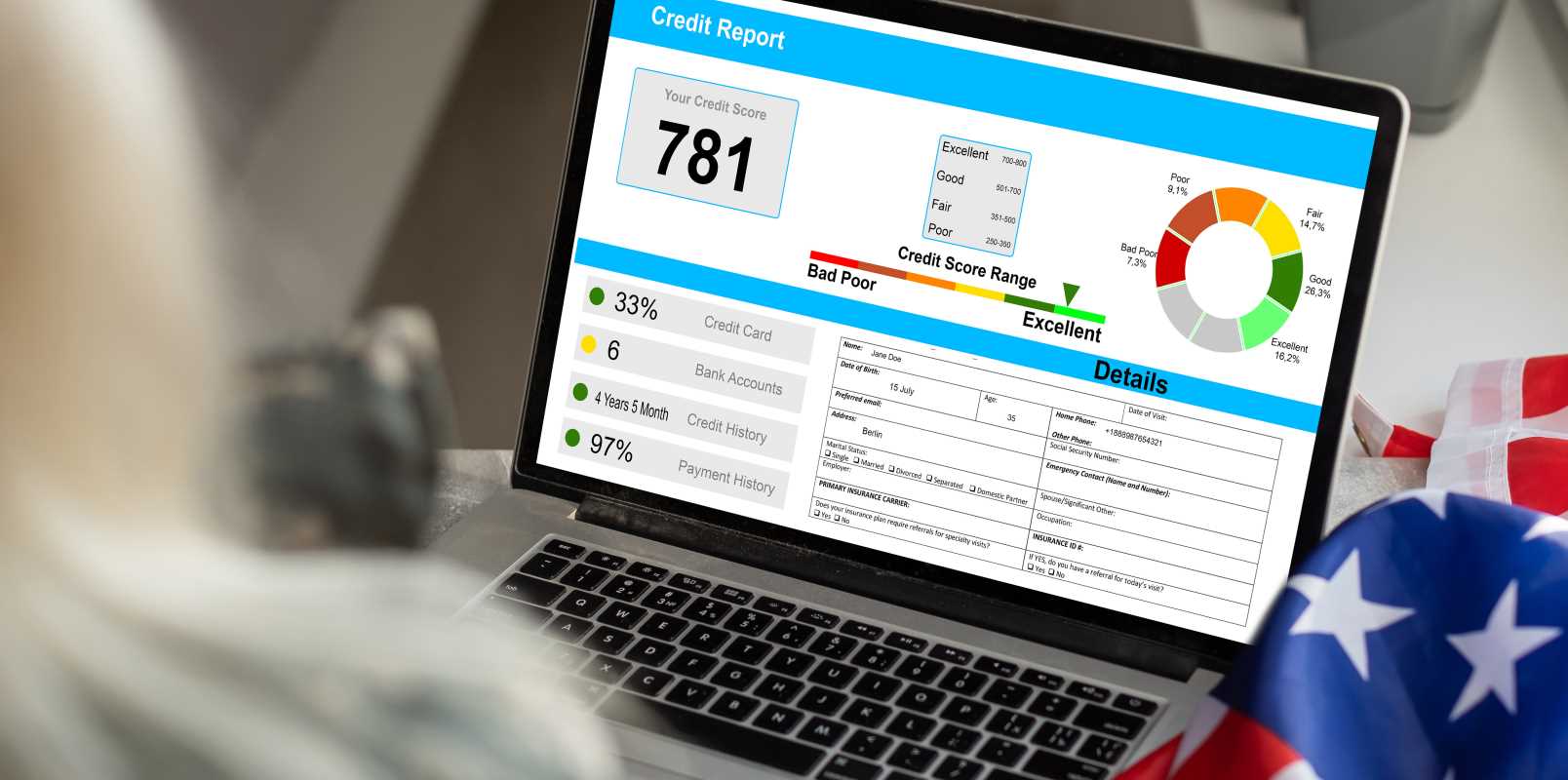Are you eyeing that dream vacation, a new car, or a home renovation project but feeling overwhelmed by the price tag? Effective budgeting strategies can help you achieve your financial goals without breaking the bank. This guide will cover the essential steps to budget for big purchases and explore the social relevance, contemporary trends, and potential developments in personal finance.
The Importance of Budgeting for Big Purchases
In today's consumer-driven society, the temptation to make impulsive purchases is ever-present. Social media platforms targeted advertisements and cultural trends often encourage spending beyond our means. However, thoughtful financial planning ensures that significant purchases enhance your life without leading to debt or financial instability. Learning how to budget is a skill that promotes financial independence, reduces stress, and improves long-term wealth management.
Key ideas explored in this article include:
- Identifying financial goals.
- Saving and researching effectively.
- Creating realistic budgets and milestones.
- Exploring financing options and their implications.
- Understanding modern trends in personal finance.
Mapping Out Your Goals
Before diving into budgeting, it is crucial to identify your goals and priorities.
Questions to Ask Yourself:
- What is the purpose of this purchase? For example, is it to enhance daily living (e.g., buying a car) or for leisure (e.g., a vacation)?
- When do I want to make this purchase? Setting a timeline helps shape your savings strategy.
- How does this align with my overall financial plan? Ensure the purchase does not compromise long-term goals like retirement or emergency funds.
Example: A family saving for a home renovation may prioritize essential repairs over aesthetic improvements, such as upgrading the roof instead of installing a swimming pool.
Saving Smartly
Saving money is the cornerstone of budgeting for big purchases. A systematic approach makes the process less daunting and more achievable.
Strategies for Effective Saving:
- Open a Dedicated Savings Account: Keeping your savings separate helps avoid accidental spending.
- Automate Savings: Set up recurring transfers from your primary account to your savings account.
- Track Spending: Use apps or spreadsheets to identify areas to cut expenses.
- Embrace the 50/30/20 Rule: Allocate 50% of your income to needs, 30% to wants, and 20% to savings or debt repayment.
Practical Example:
Imagine saving $500 per month for a $6,000 dream vacation. Automated transfers can help you reach your goal in just one year, making the process feel effortless.
Researching Your Options
A well-informed decision saves money and ensures value for your purchase.
Tips for Researching:
- Compare Prices: Check multiple vendors or retailers for the best deals.
- Look for Discounts: Sign up for newsletters, loyalty programs, or seasonal sales.
- Consider Alternatives: Refurbished or pre-owned items can offer substantial savings.
- Leverage Reviews: Read user feedback to assess quality and reliability.
Case Study: Buying a new laptop might involve comparing prices at electronics stores, exploring refurbished models, and timing your purchase around Black Friday sales to maximize savings.
Creating a Realistic Budget
A realistic budget is the foundation of financial success.
Steps to Build Your Budget:
- Determine Total Costs: Include taxes, shipping, installation fees, and any ongoing maintenance expenses.
- Assess Your Current Finances: Analyze your income and fixed expenses to calculate how much you can allocate monthly toward your goal.
- Adjust for Flexibility: Leave room for unexpected costs by slightly overestimating your budget.
Example Budget Breakdown:
- Total Goal: $10,000 (e.g., for a car purchase)
- Monthly Savings Target: $600
- Timeframe: 17 months
Setting Milestones
Breaking a large goal into smaller, manageable milestones provides a sense of accomplishment and keeps you motivated.
Example Milestones:
- Save $2,000 within 3 months.
- Reach 50% of the goal by month 8.
- Fully fund the purchase within 18 months.
Celebrating Achievements:
When reaching milestones, reward yourself with small, budget-friendly treats (like a nice dinner). Positive reinforcement helps maintain momentum.
Considering Financing Options
Sometimes saving for a big purchase isn’t feasible within a desired timeframe, making financing a practical alternative.
Evaluating Financing Choices:
- Personal Loans: Suitable for significant purchases with fixed interest rates.
- Credit Cards: Use with caution and only if you can pay off the balance quickly to avoid high-interest charges.
- Retail Financing: Many retailers offer zero-interest financing for promotional periods.
- Home Equity Loans: For renovations, tapping into home equity can provide lower rates than personal loans.
Tips for Responsible Borrowing:
- Only borrow what you can comfortably repay.
- Compare interest rates and terms from multiple lenders.
- Avoid financing options with hidden fees or variable interest rates.
Modern Trends in Budgeting
Technology-Driven Solutions:
- Budgeting Apps: Tools like Mint or YNAB simplify tracking expenses and saving.
- Round-Up Savings: Apps that round up purchases to the nearest dollar and deposit the difference into savings accounts are growing in popularity.
- Robo-Advisors: These platforms can help manage investments linked to specific financial goals.
Minimalism and Intentional Spending:
Modern consumers increasingly embrace minimalism, focusing on buying fewer but higher-quality items. Intentional spending aligns purchases with personal values, reducing impulse buys.
Exploring International Perspectives
Budgeting strategies vary worldwide. For instance:
- Japan: The "Kakeibo" method encourages reflective spending by documenting and analyzing expenses weekly.
- Nordic Countries: Citizens benefit from robust financial literacy programs emphasizing saving and prudent borrowing.
- United States: High credit card usage necessitates focusing on debt management and saving.
Learning from these global practices can inspire more effective personal budgeting techniques.
The Future of Budgeting
Emerging Trends:
- AI-Driven Personal Finance: Artificial intelligence may soon predict spending patterns and optimize savings strategies.
- Cryptocurrency Savings Plans: As digital currencies gain traction, they could become part of diversified savings portfolios.
- Green Finance: Eco-conscious budgeting encourages spending on sustainable products and investments in renewable energy.
Big purchases don’t have to be overwhelming. You can make these investments while maintaining financial stability by setting clear goals, saving strategically, researching thoroughly, and creating a realistic budget. Additionally, understanding financing options and leveraging modern tools enhances your ability to manage large expenses responsibly.
Remember, financial discipline isn’t about depriving yourself but about empowering your future. Careful planning ensures your dreams become reality without unnecessary stress, whether it’s a family vacation, a new car, or a home renovation.
Recommendations for Further Action:
- Start a detailed financial journal to track progress.
- Explore additional resources on financial literacy.
- Consider consulting a financial advisor for tailored advice.
By embracing these strategies, you’re not just planning for a single purchase but building habits that can secure your financial well-being for years to come.







